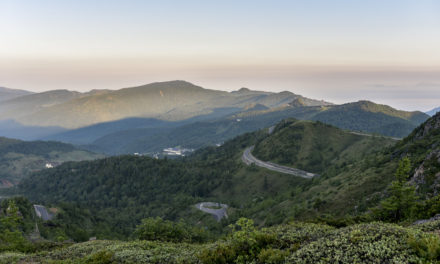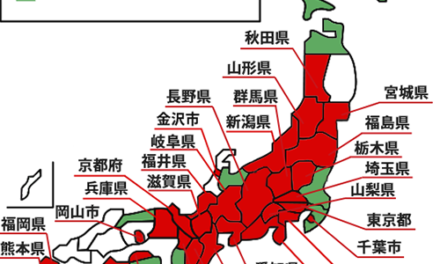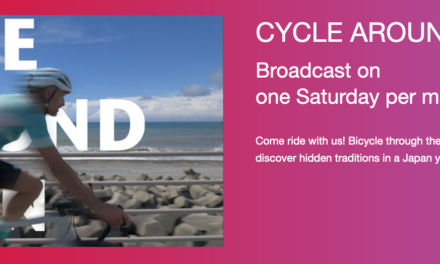
So many visitors to Japan will go to Tokyo, Kyoto, Hiroshima and other big cities. And that’s fine and there’s plenty of advice around. But if you are visiting the Japanese countryside, here are some tips.
WHY VISIT THE COUNTRYSIDE?
If you want to ride a bike around Japan then getting outdoors to ride among the farmland and forests is basic. But I think there’s more to it, it’s another side of the country, a world away. Thanks to mountainous terrain, Japan’s land use means cities are densely populated. Yet huge areas are the opposite, you’ll have nice roads to yourself.
You’ll find ancient temples, unique cuisine, village festivals, wildlife, curious hot springs and scenery galore. If you’re cycling you can reach places where trains and buses don’t. It’s also where themes such as and ageing society and depopulation are visible. The grandmother working a field, the empty houses. But our tourist spending can help these places.
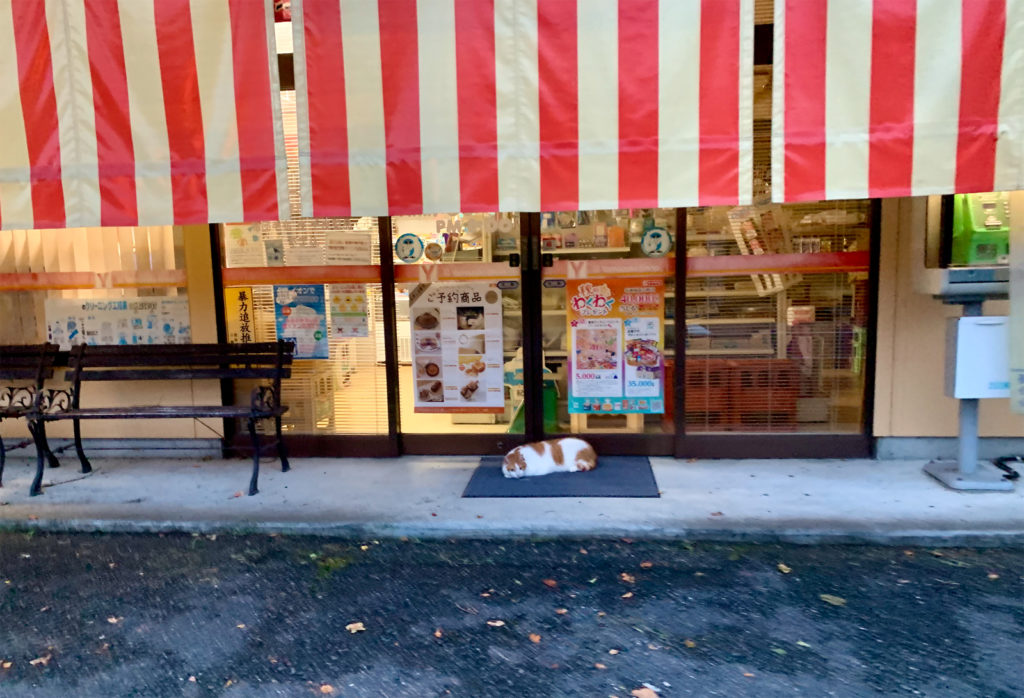
PACKING LIST
The countryside in Japan is pretty tame and safe, it’s not some wilderness. So we’re not talking water purification tablets and satellite phones. Still, I’d want a SIM card for my phone. There’s plenty of Wifi in big cities but in the countryside… there are some spots but they’re random. Even places in town like konbini convenenience stores that can have Wifi often won’t in the sticks.
Similarly while you can buy data SIMs these days from 7-Eleven, from experience not every store sells these. Tourist SIMs make sense in touristy places, not so where few foreigners venture. So get a SIM before arriving in Japan as you can shop around online from home. This applies to everything else you might expect to find in town but won’t find in the countryside so easily. That village convenience store on the map might be promising but could turn out to have a cat sleeping in front of the entrance all day, charming but maybe a clue that the inside isn’t bursting with fast-moving goods. Obvious, but there you go.
Pack some bike spares, things to get you moving like a spare tube, patches and a working pump. Those quiet roads are great but it can be a long wait before anyone drives past. One tip is to route your journey with some railway stations at points along the way in case.
Take cash. Plenty of places accept card payments but not everywhere. Chances are that delicious roadside udon stop might be cash only. For all the modernity in big cities, there’s less need for this elsewhere. You’ll still find plenty of vending machines for roadside drinks. But they’re coin operated, few will work with an IC card. Visitors to Japan will know that getting cash from an ATM is fine as long as it’s at a 7-Eleven or a Japan Post office. Now go to the countryside and you will find post offices in the most rural locations. But don’t count on cash withdrawals. Many offices have reduced opening hours and above all the smaller outlets don’t have ATMs. So get cash before.
GETTING THERE
By bike of course. Still for visitors to Tokyo the city is so big that it’s a long ride to get out. You could easily do 50km to just find the start of the countryside leaving you with a 50km ride back and remember urban miles take time, all those traffic lights bring your average speed down. So ride the train out of Tokyo (just bring that rinko and beat the rush hour).
Osaka and Nagoya are big cities but easier to ride out of. But if you want to spend more time in the countryside there’s no harm in riding the train. Plenty do. The rail network is so good that most places are just a train + bike ride away.
WHERE?
Sorry, I can’t say “you must visit this one village”, or valley. It really depends what you want, from mountains to coastal roads. If pushed and you want a ride out of Tokyo then go west as you can find mountain roads, tea plantations, views of Fuji… but you may want the seaside so try the Boso or Izu peninsula.
The good thing is each prefecture typically has its share of charming villages and crystal clear rivers. There’s no one corner of the country with special scenery. Even if you want to ride with a view of Mount Fuji you can take your pick from many locations, from the coast to the vineyards of Yamanashi or a mountain pass on the outskirts of Tokyo (the next requirement is clear weather). It can also be “when?” as Hokkaido and northern parts are blanketed in snow in winter but pleasantly cool in August.
ACCOMMODATION
Booking.com and similar websites are practical but their listings can dry up in the countryside. Local options like Rakuten can be better but I’ve found Google Maps works well as you will find places marked on the map, a family guesthouse is likely to feature when it won’t show up on foreign websites. So if there’s a village or spot where you’d like to stay for the night, zoom in on their map and see what’s possible. Sometimes there’s just a phone number which brings us to…
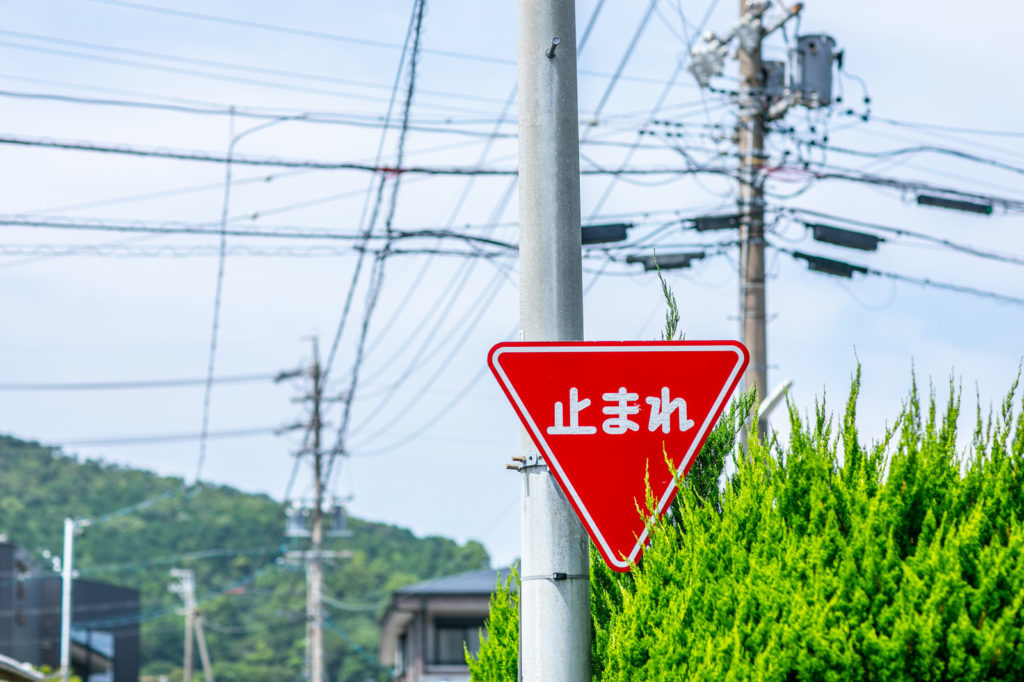
LANGUAGE
If you’re going to the countryside, the inaka (田舎), then you’d do well to know a few words of Japanese. Some places in the cities will have English-speaking staff but away from tourist hotspots this is way less likely, even an English-language menu can be rare. And no bad thing as you’re probably up for exploring where the crowds don’t go.
My answer is to learn as much as you can or want, so if you’d like to be fluent and even know the local dialect, go for it. For most just the basics is going to be an effort, an investment. So focus on the likely interactions you will have: learning how to say good morning gets you far as it’s the countryside and people greet strangers. Start with basics like hello and thank-you, then branch into ordering food from a menu – this and that please – and then some hotel or guest house phrases and you’ll be on your way. The more you learn the more interactions become possible. Your phone with translation engines can increasingly help a lot, even if this means things are mediated by the device.
LOCAL SPECIALITIES
One thing to look out for is all the local food and crafts, it’s worth researching what these are before you go so you can spot them during your stay. When on the ground a michi no eki road station is a great place with a lot of produce available, both to cook or take away as a souvenir. Everyone knows Japan for its sushi, sashimi, ramen. Just like people know Italy for pizza and pasta. But it’s all in details like noodles proudly made with the local wheat, different sea food according to the currents and that sort of thing. You can dine like a boss without spending much.
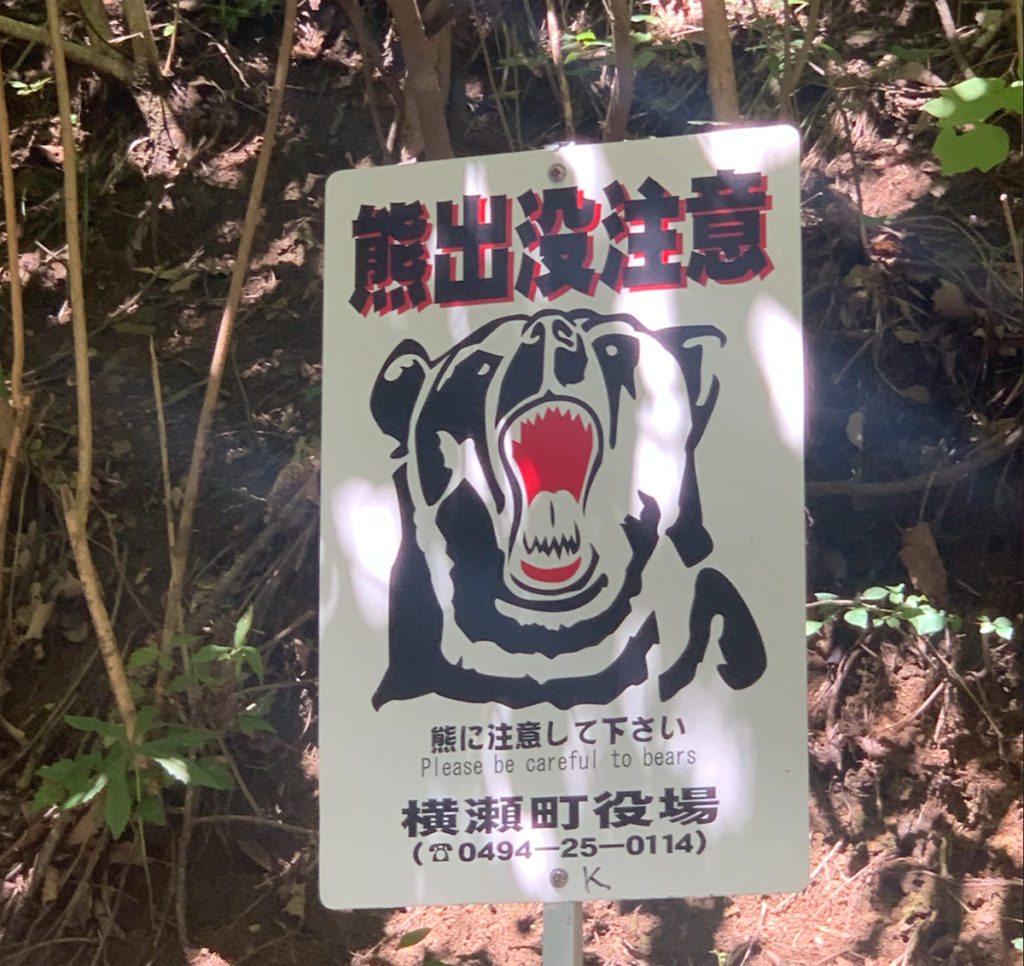
WILDLIFE AND SCARY THINGS
The other day on a deserted rindo I saw a boar, a fox, a deer, a kamoshika and a tanuki in a short space of time and what a delight. My next thought was “I hope a bear isn’t next”. You can see plenty of wildlife although it tends to come out at dusk. Fortunately you will see more bear warning signs than bears but these can to look out more for anything moving in the shadows so you can stop and back off if need be.
Greater pests are likely to be bugs. Mosquitoes are pesky while mukade centipedes strike fear so if you’re camping, get off the ground and under a net. You are still likely to see more squished mukade on the road than actual ones. There are snakes but they’re more worried about you. Riding a bike is surely more risky, you and your bike are probably your biggest threat as you might overshoot a bend, or your stem snaps.
In fact it’s all so safe and tranquil. You can bring a bike lock but walk into roadside shop or visit a temple and you might be the only person to lock their bike.
TRAVEL TIPS
- Some obvious points but some emails from readers made it worth doing an article to share some FAQs and tips
- All the conveniences you associate with urban experiences like 24-7 stores, card payments are city things rather than universally Japanese
- Keep some cash on you as not everywhere takes cards and finding an ATM can take time
- Google Maps is a great directory for all kinds of services
- Go explore, everything is safe and calm it’s hard for anything to go wrong

